新書推薦:
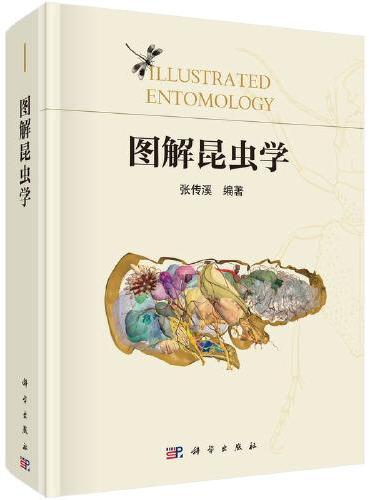
《
图解昆虫学
》
售價:HK$
572.7
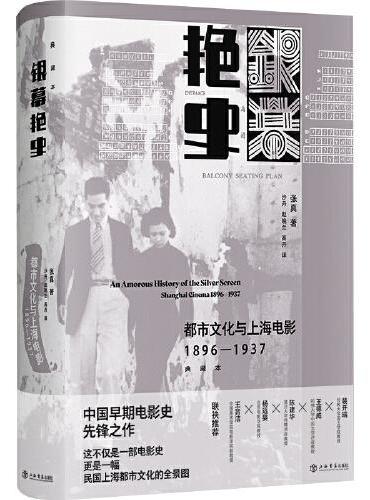
《
银幕艳史:都市文化与上海电影(1896-1937)(典藏本)
》
售價:HK$
147.2
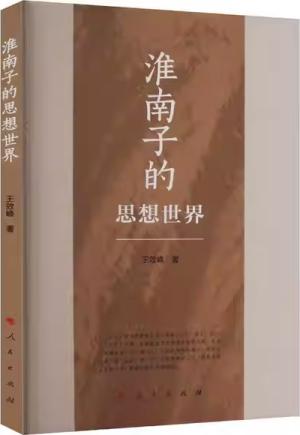
《
淮南子的思想世界
》
售價:HK$
78.2
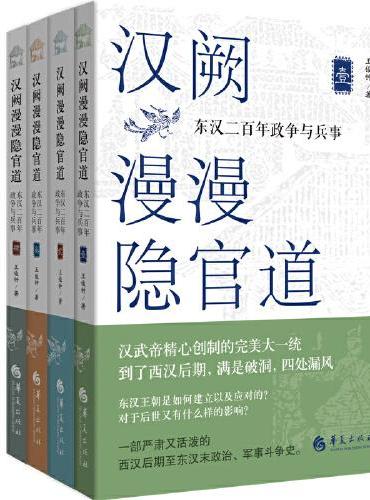
《
汉阙漫漫隐官道 : 东汉二百年政争与兵事
》
售價:HK$
227.7
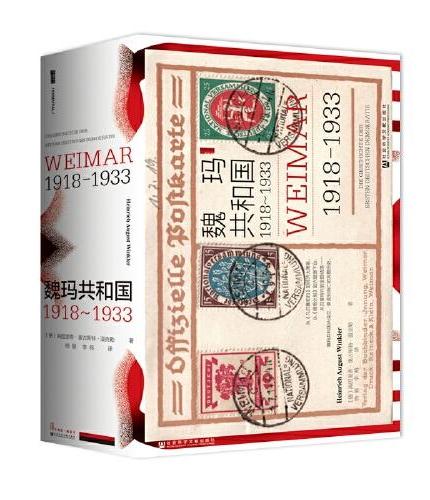
《
甲骨文丛书·魏玛共和国:1918~1933
》
售價:HK$
194.4
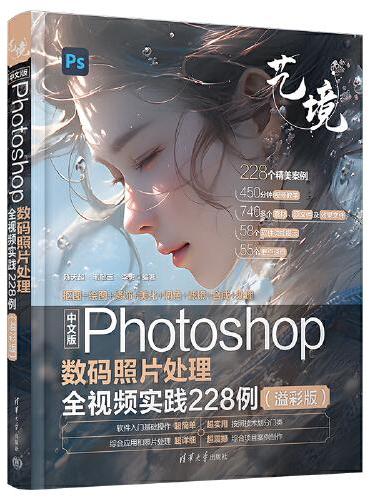
《
中文版Photoshop数码照片处理全视频实践228例(溢彩版)
》
售價:HK$
135.7

《
一木倒,万物生:树的第二次生命
》
售價:HK$
62.1
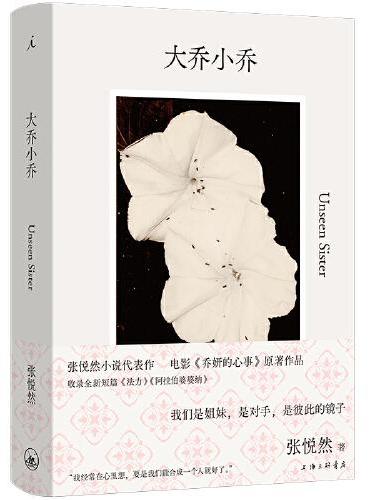
《
大乔小乔
》
售價:HK$
67.9
|
| 內容簡介: |
|
本教材共10章。1. Introduction(绪论)、2. Polpmer preparation 聚合物的制备、3. Polymer structure,molecular motion and transition 聚合物结构、分子运动和转变、4. Polymer Properties(聚合物的性质)、5. Analysis and Testing of Polymers聚合物表征和测试、6. Plastics(塑料)、7.Elastimers 弹性体、8. Polymer Composites聚合物基复合材料、9. Coatings 涂料、10 Recent developments in polymer science and technology(聚合物科学技术新进展)。
|
| 關於作者: |
李坚,常州大学材料科学与工程学院,院长 教授,合肥工业大学,本科毕业。华东化工学院(华东理工大学)硕士毕业。日本大阪大学,获博士学位。
工作及研究经历:
1988,7— 2000,12;常州大学(江苏化工学院),材料工程系工作。教学与科研。副教授。高分子教研室主任。教授的课程有:高分子化学,功能高分子,专业英语,离子交换树脂等。研究方向:水性聚氨酯,聚丙烯酸酯等粘合剂的研究;大分子过氧化物的研究。
2001,1—2001,12; 英国剑桥大学 (Melville Laboratory for Polymer Synthesis, University of Cambridge)访问学者。研究方向:聚合物发光材料的合成及性能研究(PLED);聚芴的合成。导师:Andrew B Holmes 聚合物PPV发光的发现者之一。
2002,1—2007,3;日本三洋电机株式会社研究本部工作。研究方向:聚合物发光材料的合成及性能研究(PLED);有机TFT的研究;有机太阳能电池的研究;聚芴及其共聚物的合成。
2007,3--- 至今,常州大学材料科学与工程学院材料化学教研室工作。教授。教学与科研工作。主要研究方向:聚合物有机半导体的合成与性能研究;利用ATRP制备聚丙烯酸酯嵌段共聚物及其应用;涂料粘合剂的研发。
主要科研成果:
长期从事有关聚合物发光(PLED),有机TFT,有机太阳能电池及水性聚氨酯的研究。参加过多项省部级科研项目的研发工作。发表论文:在国内外杂志上发表相关论文几十篇。专利:获得美国,日本及中国有关聚合物发光材料(PLED),有机TFT及有机太阳能电池的专利共15件, 其中已公开的有 9 件。
教学工作:
长期从事教学工作,主讲了高分子化学、功能高分子材料、离子交换树脂、高分子专业外语、高分子材料导论(双语)等课程。
|
| 目錄:
|
Chapter 1Introduction1
1.1Classification of polymerizations1
1.1.1Condensation and addition polymerization1
1.1.2Step and chain polymerizations3
1.2Classification of Polymers5
1.2.1Classification by source5
1.2.2Classification by mechanical behavior and application5
1.2.3Classification by synthesis reaction6
1.2.4Classification by chain structure6
1.2.5Classification by processing characteristics7
1.3Physical State, Property and Application of Polymers8
1.3.1Crystalline and amorphous behavior8
1.3.2Thermal transitions8
1.3.3General properties of polymers9
1.3.4Applications of polymer materials10
1.4Polymer Processing10
1.4.1Ingredients of polymer materials11
1.4.2Processing methods11
1.5Development of Polymer Science and Engineering13
1.5.1Brief history of polymer materials13
1.5.2Establishment of polymer science14
1.5.3The development of synthetic polymers14
Problems19
Chapter 2Polymer Synthesis20
2.1Step Polymerization20
2.1.1Basis for analysis of polymerization kinetics21
2.1.2Kinetics of step polymerization22
2.1.3Molecular weight control in linear polymerization28
2.2Radical Chain Polymerization33
2.2.1Rate of radical chain polymerization33
2.2.2Molecular weight38
2.2.3Chain transfer40
2.2.4Inhibition and retardation42
2.2.5Process conditions43
Problems47
Chapter 3Polymer Structure, Molecular Motions and Transitions of Polymers50
3.1General Introduction for Polymer Structures50
3.1.1Structural groups50
3.1.2Linear chain polymers51
3.1.3Configurations of polymer chains53
3.1.4Conformation55
3.1.5Copolymers55
3.1.6Network polymers56
3.2Characteristics of Macromolecular Motions and Transitions56
3.2.1The Glassy Region57
3.2.2The Glass Transition Region57
3.2.3The Rubbery Plateau Region58
3.2.4The Rubbery Flow Region59
3.2.5The Liquid Flow Region59
3.3Molecular Motion and Thermal Transitions59
3.3.1Theories of glass transition60
3.3.2Factors affecting glass transition temperature62
3.3.3The crystalline melting point69
3.3.4Factors affecting the crystalline melting point, Tm70
Problems74
Chapter 4Solid State Properties of Polymers76
4.1Mechanical Properties76
4.1.1Forces Versus Deformation Properties77
4.1.2Toughness83
4.1.3Creep87
4.2Optical Properties88
4.2.1Haze88
4.2.2Transparency89
4.2.3Gloss90
4.3Surface Contact Properties90
4.3.1Friction90
4.3.2Cling92
4.3.3Wear Resistance92
4.4Barrier Properties93
4.4.1Permeation through Polymers94
4.4.2Barrier Property Analysis95
4.5Electrical Properties96
4.5.1Electrical Resistance96
4.5.2Capacitive Properties97
4.5.3Dielectric Strength98
4.5.4Arc Resistance99
4.5.5Corona Treatment99
4.5.6Factors Influencing Polymers in Electrical Applications99
4.6Weather Resistance100
4.6.1Natural Outdoor Weathering100
4.6.2Accelerated Outdoor Weathering101
4.6.3Artificial Weathering101
Problems101
Chapter 5Characterization and Testing of Polymers103
5.1Gel Permeation Chromatography103
5.1.1GPC Instrumentation103
5.1.2Calibration105
5.1.3Selection and Assembly of Detectors106
5.2Infrared Spectroscopy106
5.2.1Instrument and Experimental Method107
5.2.2Applications to Polymers108
5.3X-ray Diffraction Analysis110
5.3.1Experimental Methods110
5.3.2Application to Polymers111
5.4Nuclear Magnetic Spectroscopy112
5.4.1Experimental Methods112
5.4.2Application to Polymers113
5.5Thermal Analysis118
5.5.1Thermogravity Analysis TGA118
5.5.2Differential Scanning Calorimetry DSC119
5.6Light and Electron Microscopy122
5.6.1Light Microscopy122
5.6.2Electron Microscopy123
Problems126
Chapter 6Plastics128
6.1Polyethylene128
6.1.1Low Density Polyethylene LDPE130
6.1.2High density polyethylene HDPE134
6.1.3Linear low density polyethylene LLDPE135
6.1.4Ethylene-vinyl acetate copolymer EVA136
6.1.5Crosslinked polyethylene XPE137
6.2Polypropylene PP137
6.2.1Isotactic polypropylene138
6.2.2Syndiotactic polypropylene sPP139
6.3Polyvinyl Chloride PVC140
6.3.1Polymerization140
6.3.2Structure and Properties141
6.3.3Copolymers142
6.3.4Application142
6.4Polystyrene PS and Related Polymers143
6.4.1Polymerization of styrene143
6.4.2Structure and properties143
6.4.3Copolymers of styrene144
6.4.4Syndiotactic polystyrene sPS145
6.4.5Application145
6.5Polymethyl Methacrylate PMMA146
6.5.1Polymerization146
6.5.2Structure and property146
6.5.3Application147
6.6Polyamide Nylon147
6.6.1Polyhexamethylene adipamide nylon-66147
6.6.2Other important polyamides149
6.7Polyethylene terephthalate PET150
6.7.1Polymerization150
6.7.2Property and application150
6.8Polyoxymethylene POM151
6.8.1Polymerization151
6.8.2Property152
6.8.3Application152
6.9Polycarbonate PC152
6.10Polytetrafluoroethylene PTFE152
6.10.1Polymerization153
6.10.2Structure153
6.10.3Property154
6.10.4Effect of structure on property154
6.10.5Fabrication and processing154
6.10.6Application156
6.10.7Fluorocarbon copolymers156
Problems156
Chapter 7Elastomers158
7.1Basics for Elastomers158
7.2Morphology of Thermoplastic Elastomers162
7.2.1General characteristics162
7.2.2Properties and effect of structure163
7.2.3Mechanical properties165
7.2.4Thermal and chemical properties168
7.3Diene Elastomers169
7.3.1Butadiene-based elastomers169
7.3.2Polyisoprene170
7.3.3Polychloroprene170
7.3.4Styrene -butadiene rubber SBR170
7.3.5Metathesis elastomers173
7.3.6Nondiene elastomers174
7.3.7Thermoplastic elastomers176
Problems178
Chapter 8Polymer Composites179
8.1Introduction to Composites179
8.2A Brief History of Polymer Composites180
8.3General Use Considerations182
8.4Technology Overview184
8.4.1Reinforcements184
8.4.2Matrices186
8.4.3Coupling agents189
8.4.4PMC forms189
8.4.5Fabrication processes190
8.5Applications of Polymer Composites192
8.6Nanocomposites193
8.7View of the Future194
Problems195
Chapter 9Paint and Coatings197
9.1Principles of Coating197
9.1.1Rheology198
9.1.2Viscosity behavior199
9.1.3Surface chemistry201
9.2Composition of Paint209
9.2.1Introduction209
9.2.2Binder209
9.2.3Pigments210
9.2.4Solvents211
9.2.5Additives212
9.2.6Fillers Extenders213
9.3Theory of Adhesion213
9.3.1Introduction213
9.3.2Mechanical bonding213
9.3.3Electrostatic attraction214
9.3.4Chemical bonding215
9.3.5Paint diffusion215
9.4Coating Materials216
9.4.1Acrylics218
9.4.2Alkyd resins218
9.4.3Epoxies220
9.4.4Polyurethanes221
Problems223
Chapter 10Developments in Polymer Science and Technology224
10.1Synthesis Technology224
10.1.1Living radical polymerization224
10.1.2Living cationic polymerization235
10.2New Polymer Materials and Applications239
10.2.1Dendritic highly branched polymers239
10.2.2Conducting Polymers243
10.2.3Bio-degradable polymers254
Problems260
References262
|
| 內容試閱:
|
随着教学改革的深入,各高校相继开设了高分子材料及相关专业的双语教学课程。在教学过程中,首先面临的是教材的选择问题。目前国内还没有合适的高分子材料及相关专业的双语教材可供选择。若采用国外原版教材,则专业内容及深度等方面不尽合适,且普遍价格相对较高。由鉴于此,结合我们多年双语教学的实践积累,编写了《高分子材料导论(双语教学用)》这本教材。
本书编写的指导思想如下。一是选择英语难度不大,专业知识相对较浅,容易讲授和学习的内容作为教材内容。二是选择的高分子化学和高分子物理的内容在大学二年级或大学三年级时已经用中文讲授过,学生具有一定的基础,容易接受。三是选择的内容覆盖面相对较广,几乎涉及高分子材料的各个方面,如聚合物的合成,聚合物的性能,聚合物的结构表征,塑料,弹性体,涂料及复合材料等方面。这为教师对讲课内容的选择提供了很大的空间。还介绍了国内外高分子科学部分领域的最新进展,这为学生以后的学习与科研提供了有益的帮助。四是以多本原版英文教科书为基础,参考国外著名期刊上的综述性文章,编写了相关的章节,由此形成了双语教材。
本书由以下老师完成编写。Chapter 1、Chapter 5、Chapter 6由常州大学俞强教授编写;Chapter 2、Chapter 4、Chapter 9由常州大学李坚教授编写;Chapter 3由常州大学张洪文副教授、李坚教授编写;Chapter 7由天津科技大学万同教授、李坚教授编写;Chapter 8由万同教授编写;Chapter 10由俞强教授、李坚教授、万同教授编写。全书由李坚教授最后统稿、编排完成。
由于时间仓促,加上编者的学术水平、英语水平有限,以及资料的收集、内容的取舍等方面的不足,本书一定存在有待完善与改进的地方,敬请广大师生、读者批评指正。
编者
2013年国庆 于常州大学
|
|









